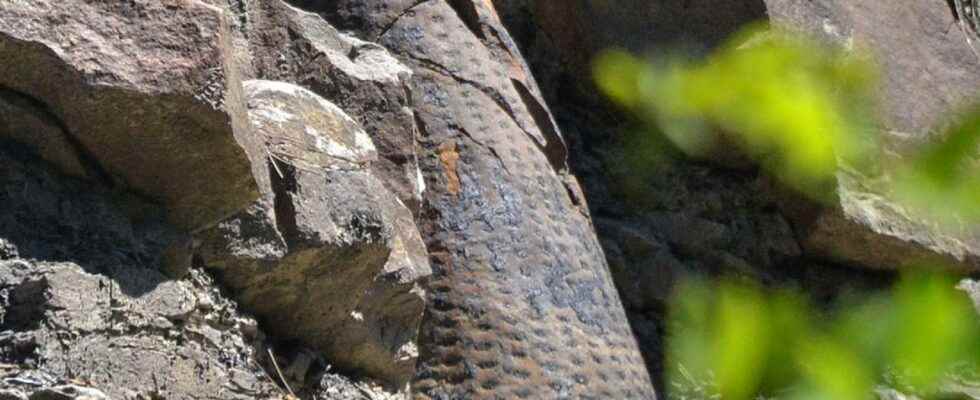You will also be interested
[EN VIDÉO] anthracology: the archaeological study of charcoal Anthracology is a discipline of archaeobotany specializing in the study of charcoal. It provides a better understanding of the daily life of a historic site. In this video, Inrap tells us more about this original activity.
The Alès region has been known and exploited since the Middle Ages for its deposits of coal. The sooty levels are found in sedimentary levels of Upper Carboniferous age, i.e. 300 million years old. As its name suggests, this geological period is well known for having produced large quantities of coal, especially in Western Europe. At the origin of this specificity, a rate of CO2 very important, about 30 times higher than that of the XIXe century, a climate and temperatures conducive to the development of dense vegetation and in particular large bark trees.
The sea level is then relatively low, which favors the creation of epicontinental seas and small basins. You have to imagine vast tropical swamps above which rise trees more than 40 meters high, such as lepidodendrons, as well as ferns trees. The quantity of matter decomposing organic matter (remains of leaves, trunks, etc.) is then very important in these small flooded basins. As they are buried, these plant residues will slowly turn into coal.
Much of the energy resources used during the Industrial Revolution came from Carboniferous coal deposits. They are still in use today.
Fossilized 300 million year old trunks standing upright
This is how the Alès basin, in the Gard, was exploited industrially until 2002, with a peak in activity in 1958. Some 20,000 miners then worked in the region to extract several million tonnes of coal. . In the early 1990s, however, mining was very limited and only survived at a few open-pit mines, notably north of the hamlet of Champclauson. On this site in particular, the cutting faces reveal the remains of fossilized trunks, intact and in an “upright” position.
While most of these mines were subsequently filled in and revegetated, an association managed to save a small outcrop to allow us to contemplate what the Carboniferous environment looked like. The site is now developed and allows a journey of 300 million years.
First, you can see huge vertical tree trunks. The drawings of the bark are still clearly visible. These are trunks of seals, trees that can reach 30 meters in height. These trunks, however, are not petrified “, like those that can be observed in the famous silicified wood forest in the United States (see first picture). It is therefore not what is commonly called “wood fossil nor coal for that matter. The interior of the trunks is in fact made up of sandstonea sedimentary rock which replaced organic matter. Only the bark still partly consists of organic matter.
A vast deltaic plain under an equatorial climate
The sedimentary strata that surround the vertically rising trunks have also made it possible to reconstruct the environment that reigned there 300 million years ago. At the end of the Carboniferous, the region (located then at the level of theequator) was then occupied by a large plain offlood delta, housed in a depression in the heart of a huge mountain range known as the hercynian chain. This plain was then crossed by many rivers which carried pebbles and large quantities of sediment.
In this marshy area developed dense vegetation producing large quantities of organic matter. During periods of flooding, the rivers came to deposit sand around the trunks, burying them upright as they go, until they die. This is how the buried part, from 1 to 3 meters, was preserved. This exceptional site is now part of the Dinopedia park.
Interested in what you just read?
